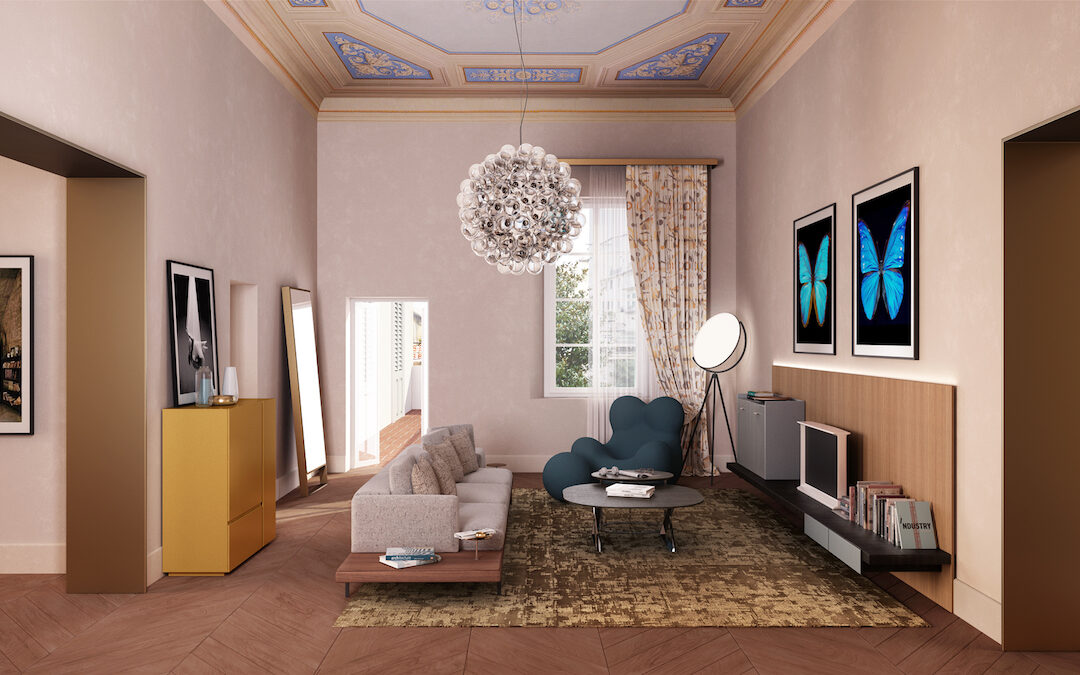In the architectural world, working on a pre-built structure involves a delicate equation of addition and subtraction. It means finding the right balance between historical recollection and the spirit of the time, between what is linguistically new and what came before. Pierattelli Architetture has redesigned a 19th-century building, Palazzo Stefanelli, in the heart of Florence. Twelve apartments blend Renaissance touches with expert use of colour and material, balancing design with sustainability.
Palazzo Stefanelli stands in Borgo Pinti, one of the main streets in the historic centre of Florence, Italy and consists of four storeys, one of which is an underground basement. It’s a prestigious historical testimony of the 19th century and is currently undergoing a major renovation project led by this Florentine architecture practice.
With a range of apartments (including two-bedroom properties and a penthouse suite), the twelve new residences, all set around a delightful internal green courtyard, are being renovated in such a way as to preserve the building’s original historic character, elevate architectural and decorative details, and combine these with new contemporary living solutions.
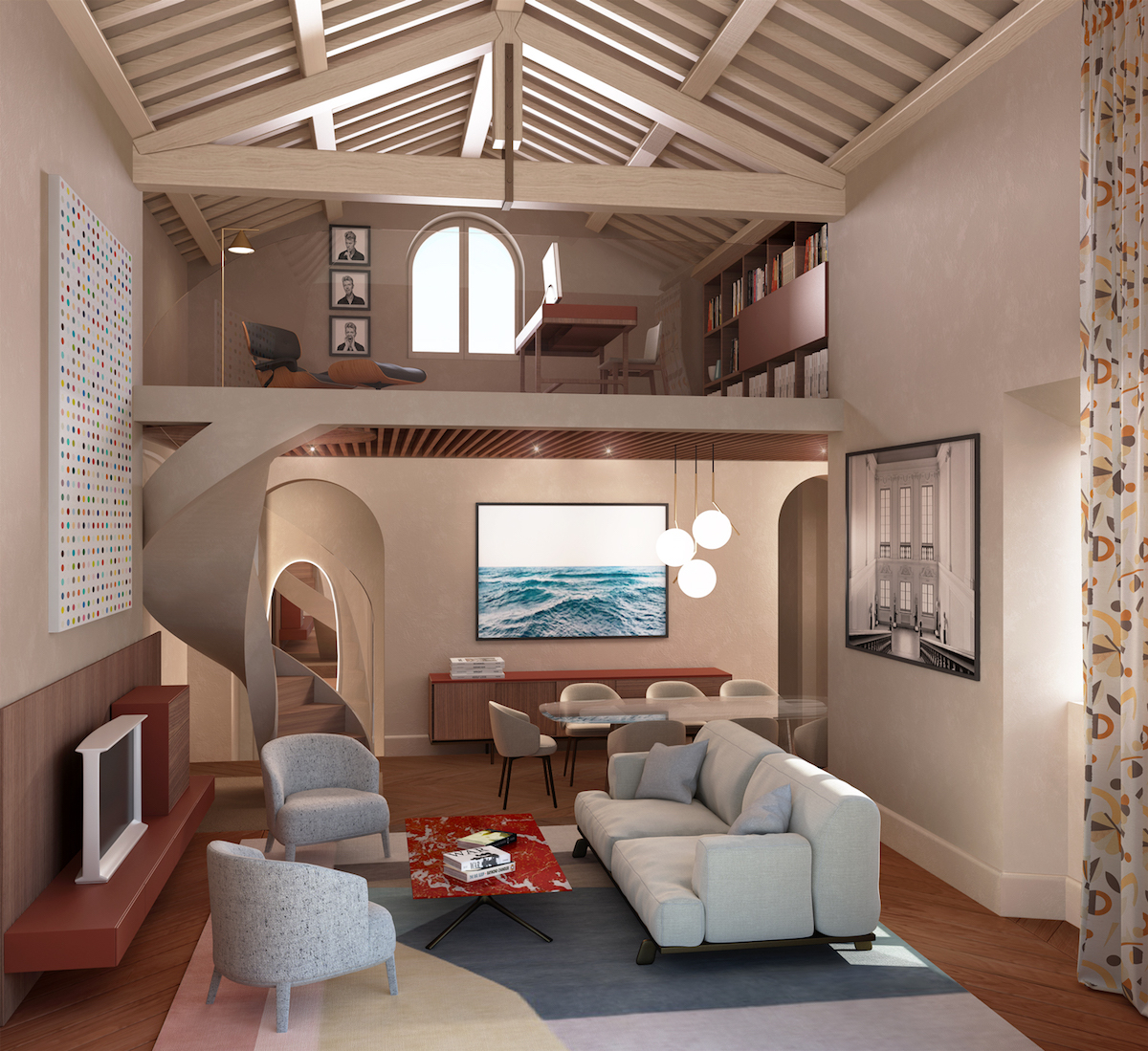
Respecting the building’s pre-existing features, the renovation preserves a number of original architectural elements and combines these with elegant, contemporary design.
Pierattelli Architetture has also paid special attention to the topic of environmental sustainability and all apartments have a heat pump to cut energy consumption, a BTicino Living Now home automation system and energy-efficient thermal, acoustic doors and windows.
Making the very most of the 19th-century space, the 12 apartments are either on one level or are on split levels with a mezzanine floor. Some apartments have their own terrace or garden, and each has a private cellar. Showers in the main bathrooms have been designed so that a Turkish bath can be installed.
The interiors feature a blend of Renaissance elements and modern architecture. The architecture practice chose to really showcase the frescoed ceilings, the large period spaces, and the architectural elements, such as beams and trusses.
Decorative Renaissance details have also been preserved as part of the renovation, such as the original entrance bell and frescoes in the rooms and entrance hall on the ground floor, an area that originally served as the coach house.
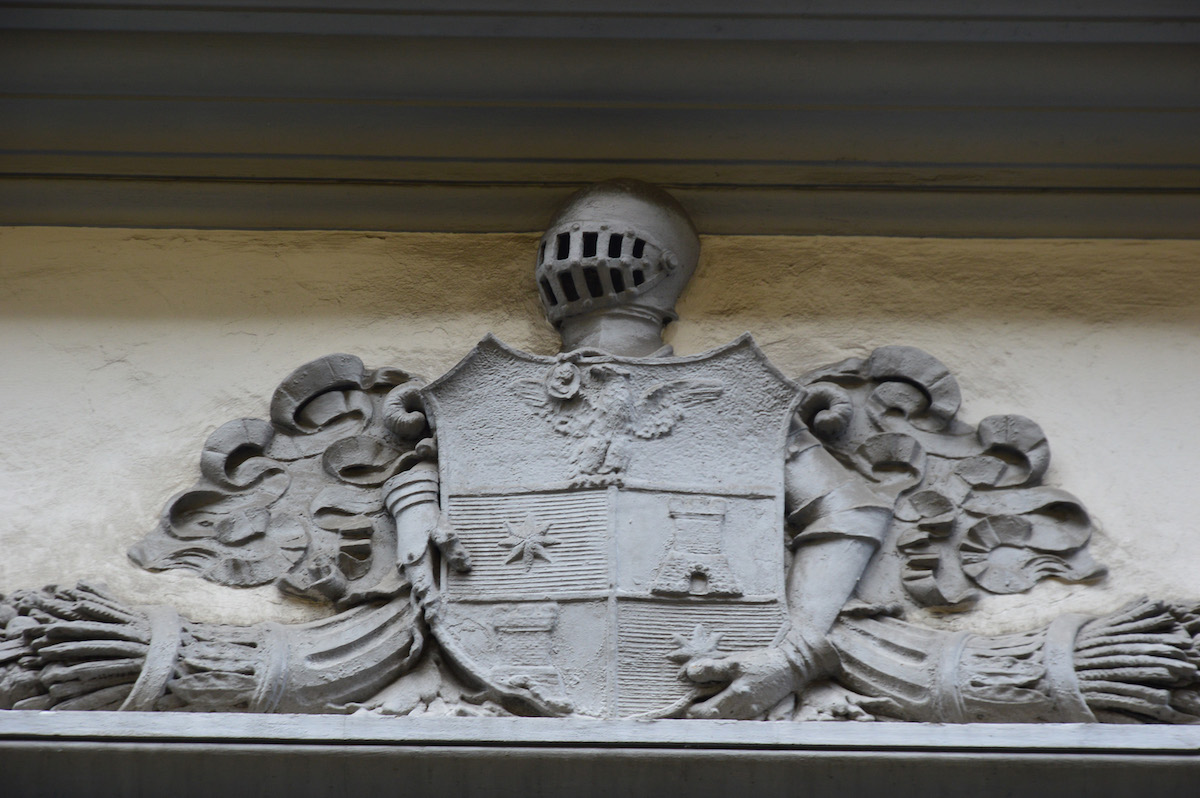
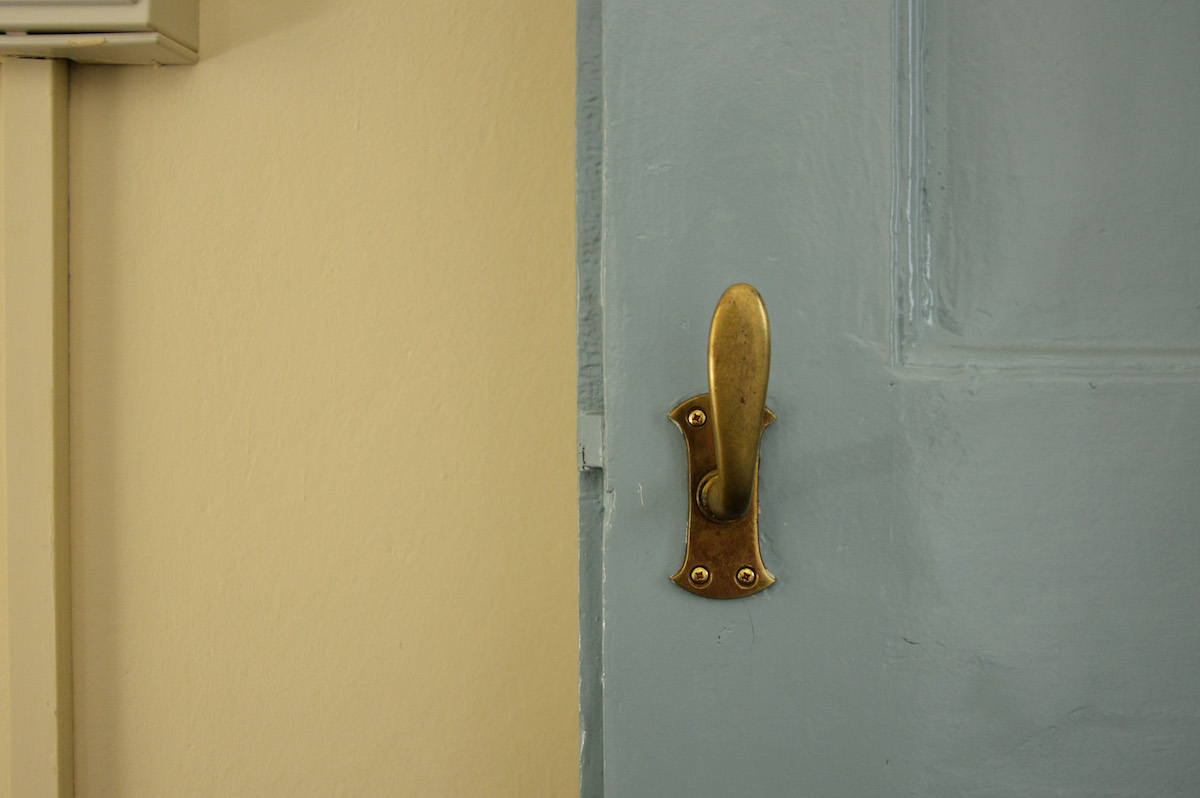
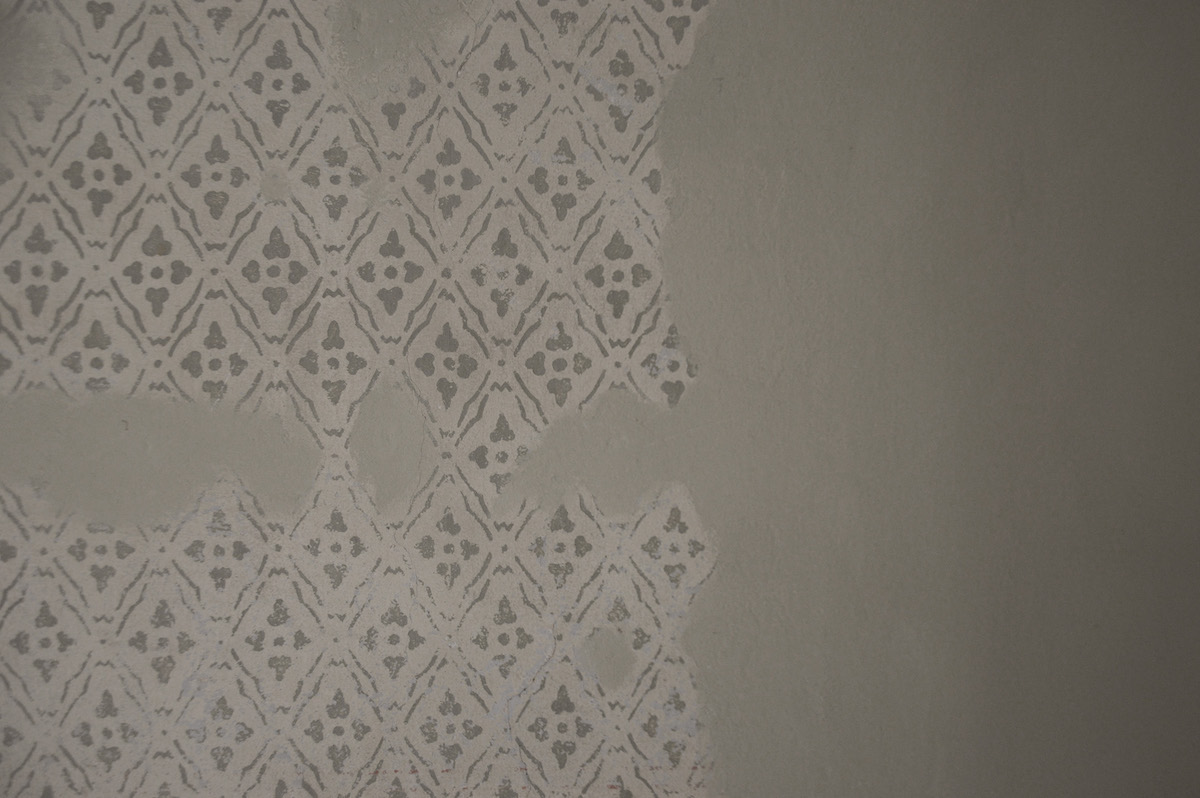
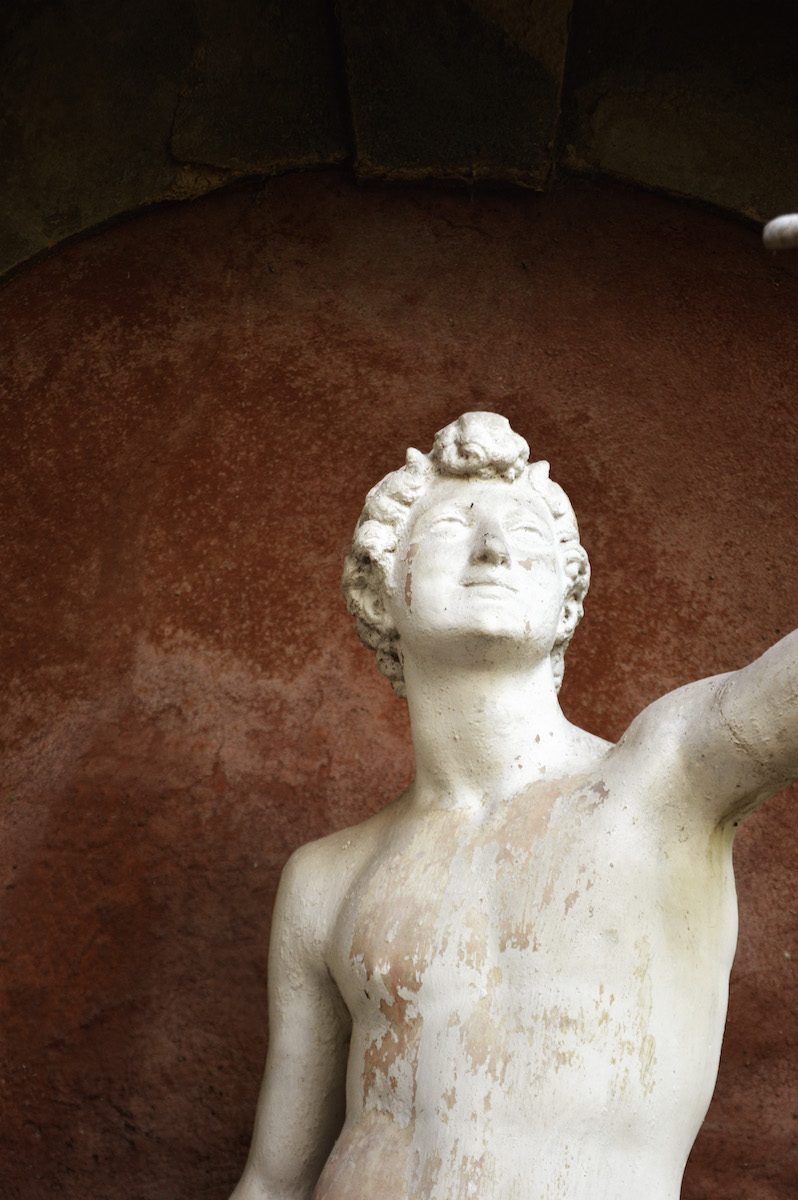
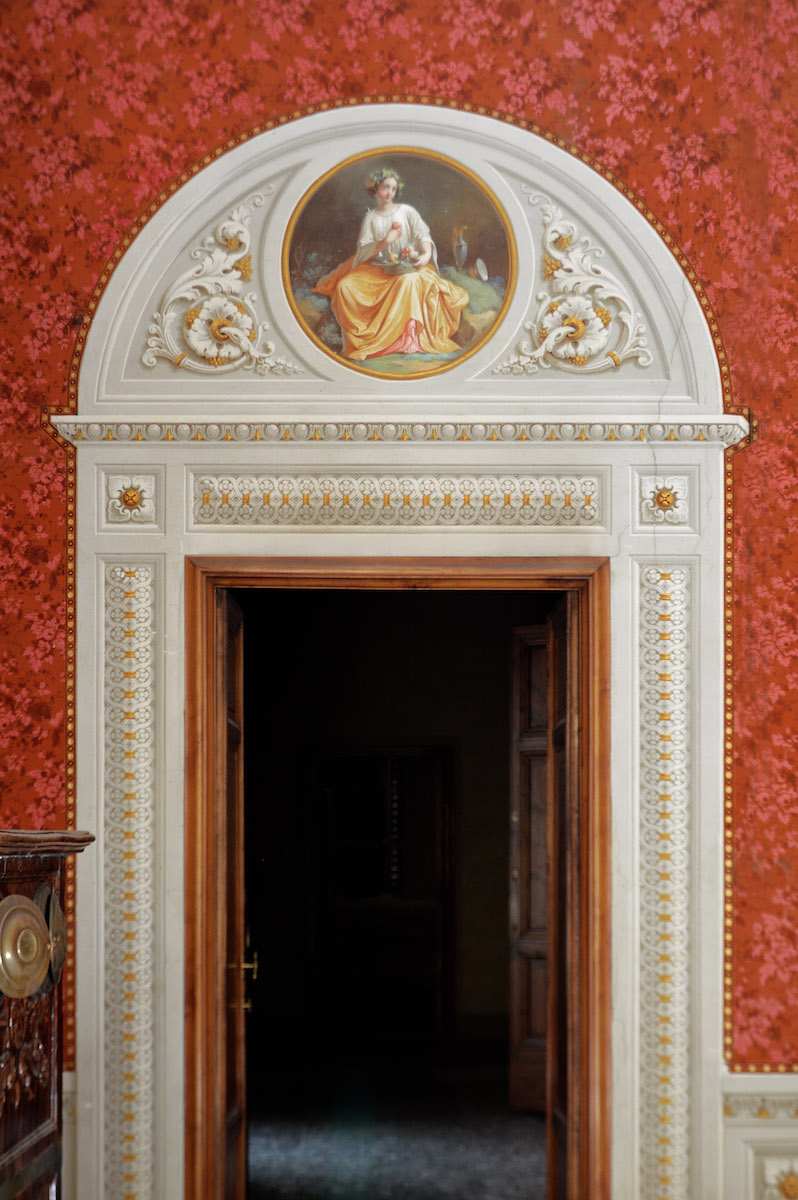
The designers selected a range of materials that helps enhance the natural elegance of each space: wood and travertine marble play a key role and have been used for finishes and surfaces in the living room, bathroom and bedrooms.

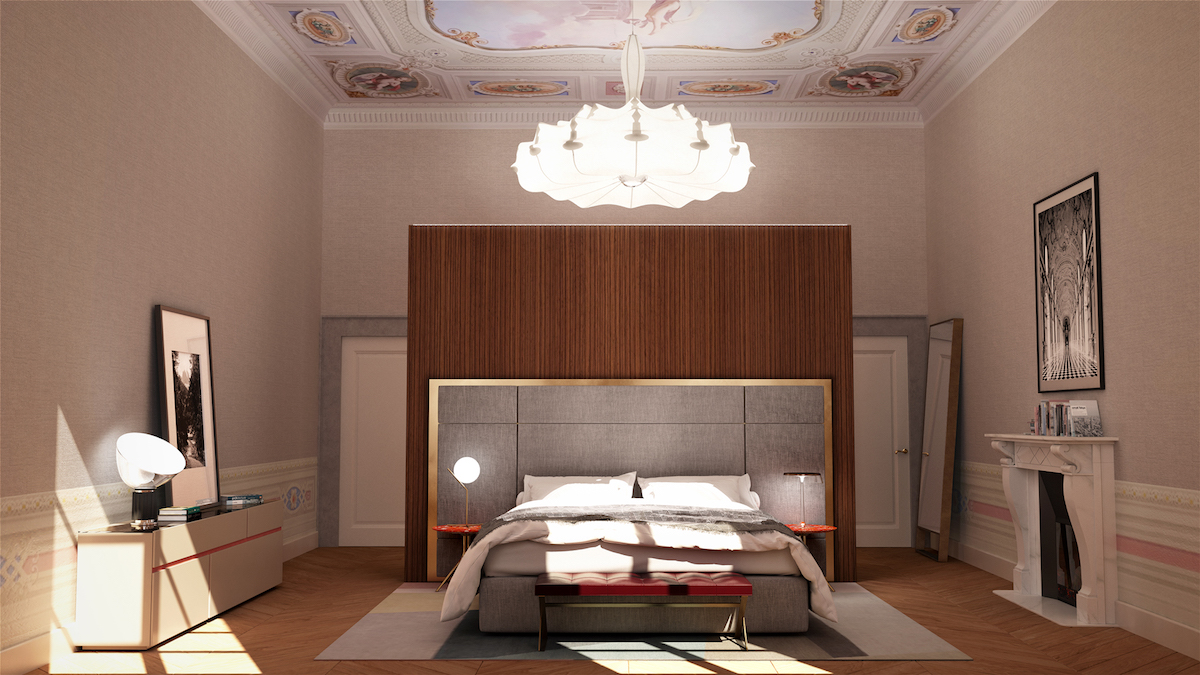
Tuscan oak herringbone parquet was used for the flooring which adds warmth to the spaces. In the bathroom, it combines beautifully with elegant marble surfaces characterised by unique nuances and blue, sophisticated ripples.
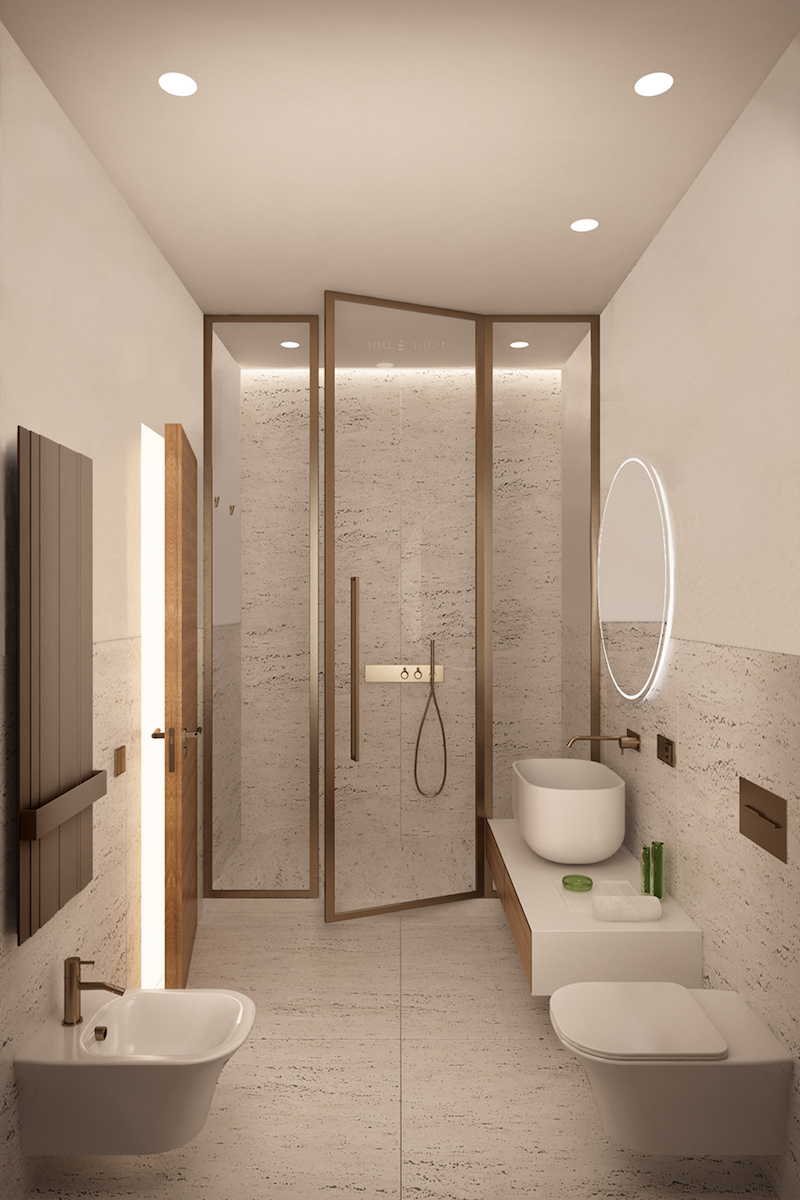
The penthouse is on the third floor of the building and is the real design pièce-de-résistance. On two levels with a spiral staircase and a loggia terrace, stunning views over Florence boost the splendour. The upper floor features a cosy and private home office. By keeping (but restoring) the original beams and trusses, they’re bringing touches of another age to the penthouse.
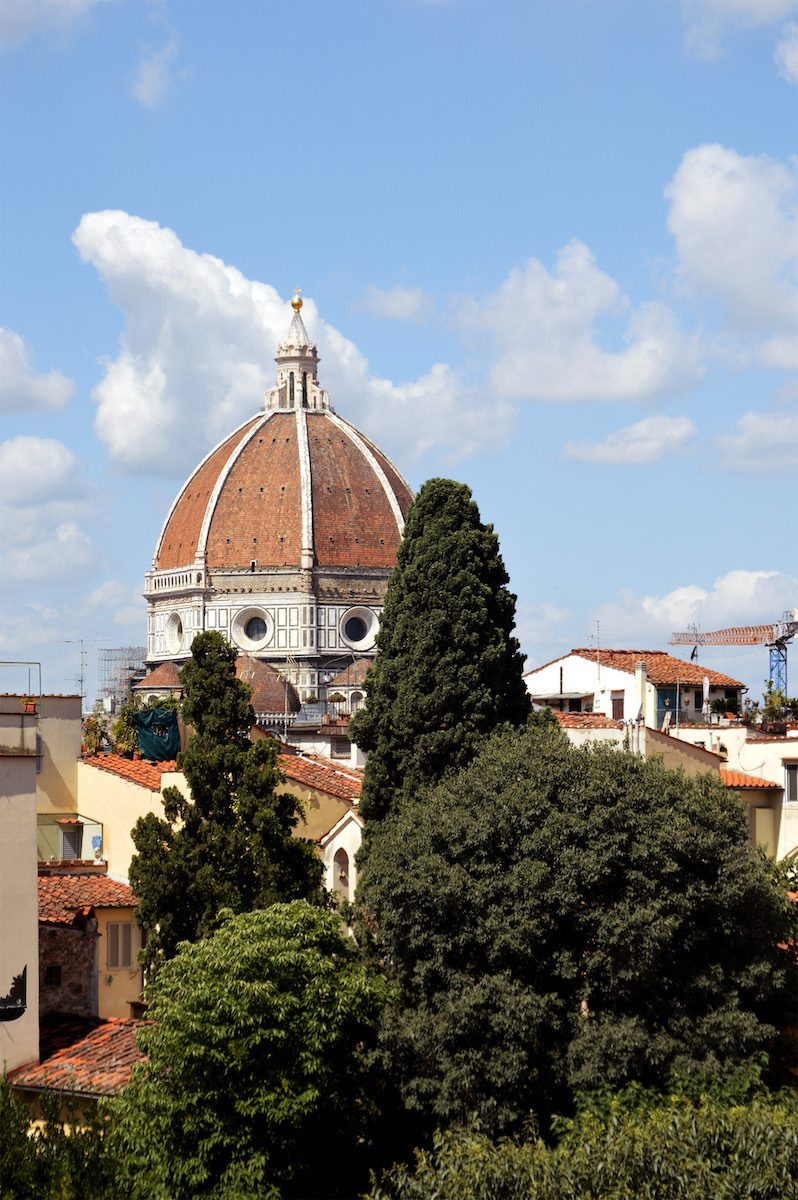
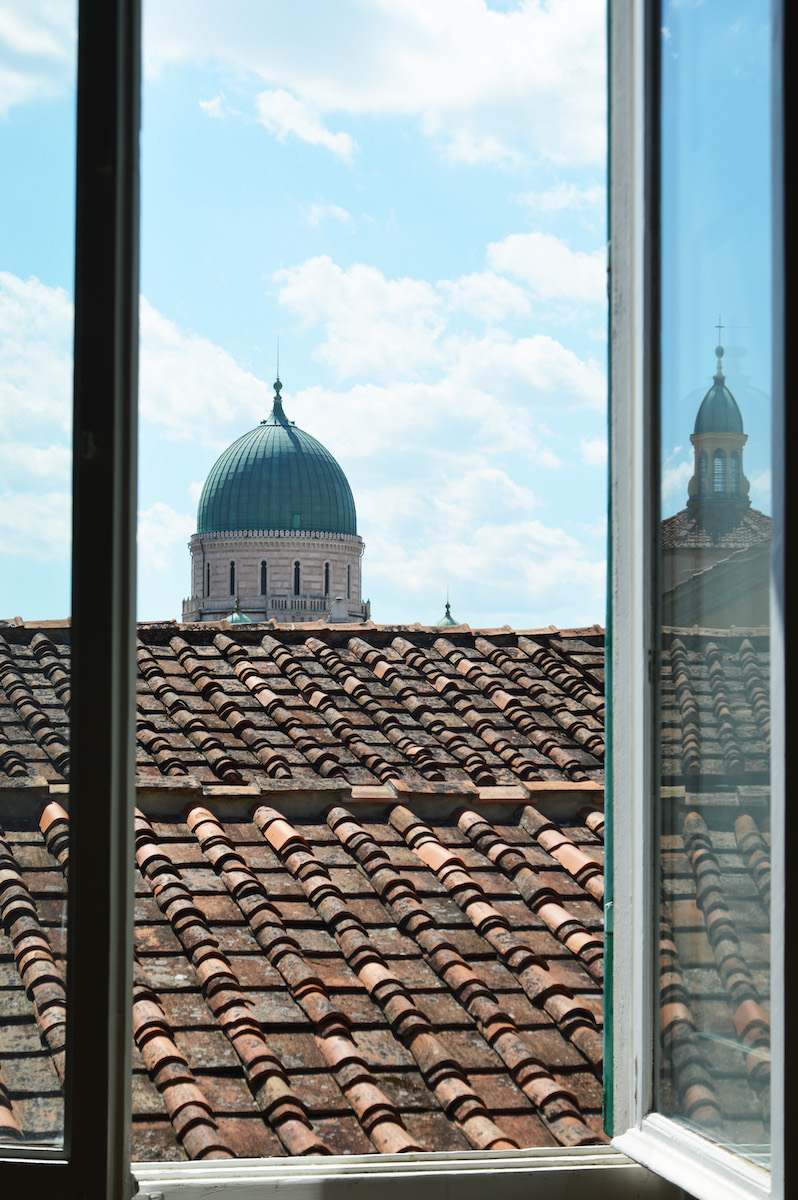
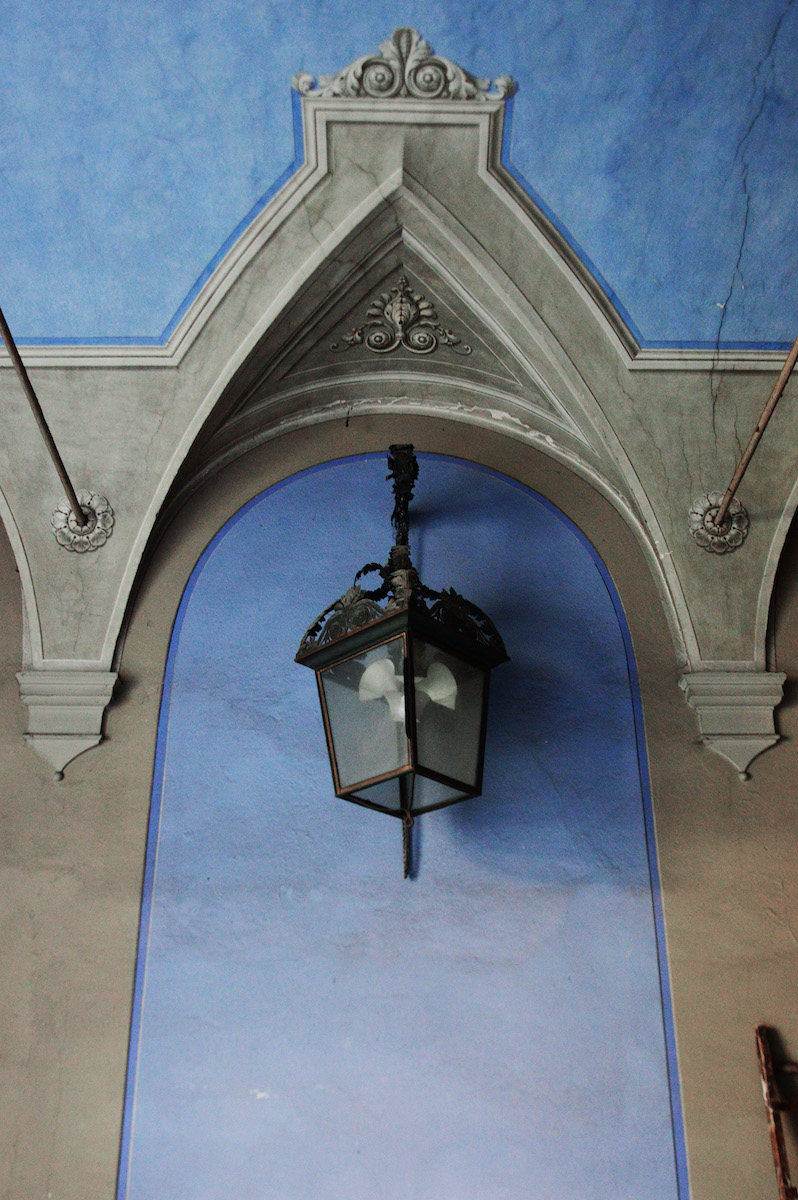
Beyond the ongoing structural work, a number of interior solutions and settings have been designed. In the bedroom, one side of a slatted Canaletto Walnut wood partition provides the frame for a bespoke design Pierattelli Architetture bed with a large, soft headboard; the reverse side transforms into a spacious walk-in wardrobe.
The historic street of Borgo Pinti probably dates back to 1100, when it was named Borgo Fulceraco. Borgo (the Italian for village) alludes to the fact that the street was not within the ancient city walls, whilst the meaning of Pinti remains unclear and it’s not certain whether it derives from an ancient family, whether it refers to the penitents of a nearby monastery or if it might even refer to the glass-painting monks of the nearby Church of San Giusto. The street was finally included within the city’s walls in the 15th century, when the former Porta a Pinti gate was added.
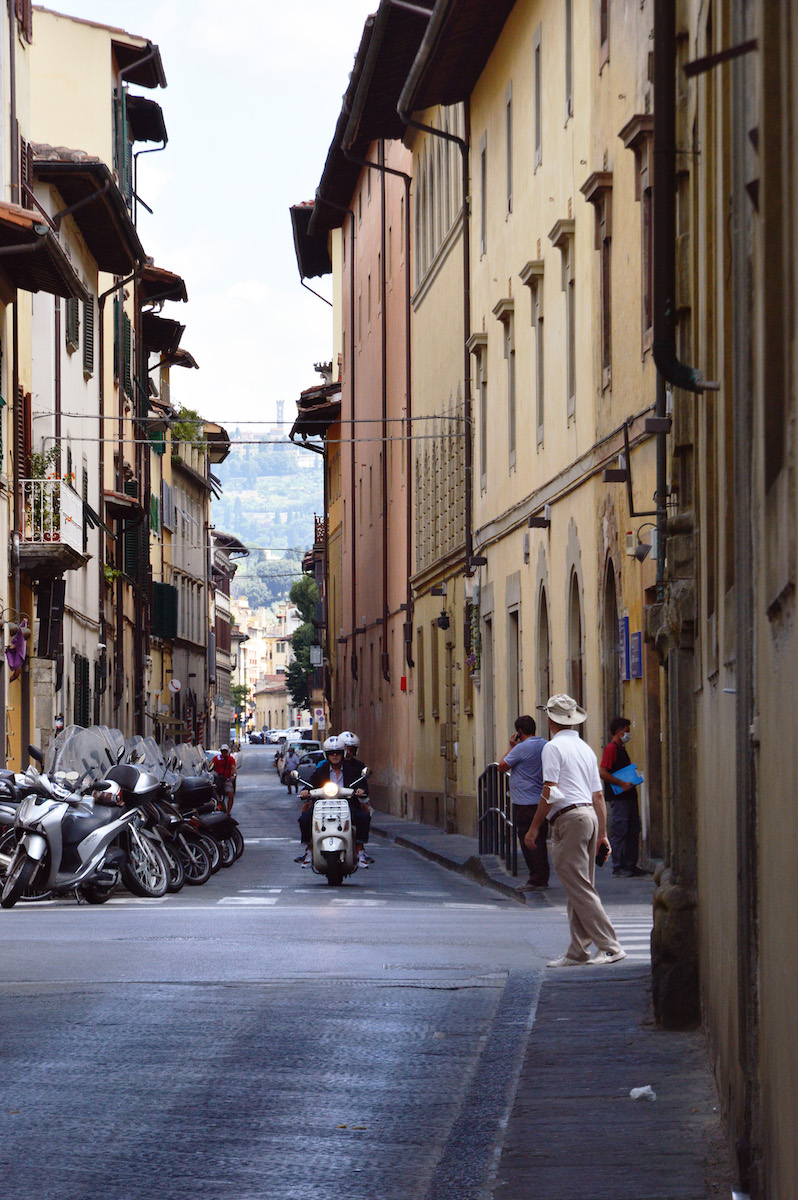
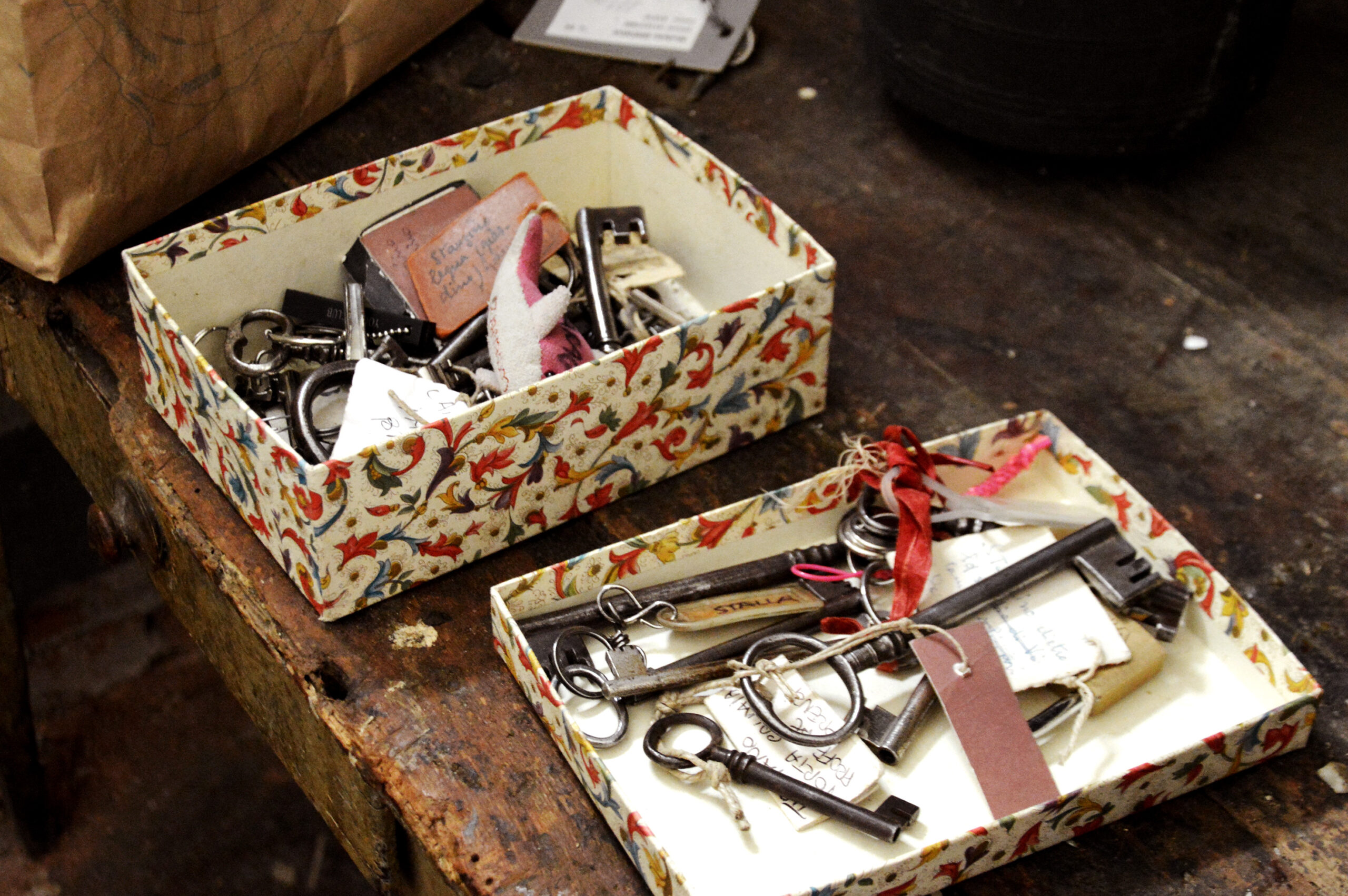
credits:
project: Palazzo Stefanelli
location: Borgo Pinti 61, Florence, Tuscany
architects: Pierattelli Architetture
area: 1 200 square metres
project duration: ongoing since 2019
home automation system: Living Now by BTicino
services: Seven parking spaces, shared garden, lift, private cellars

